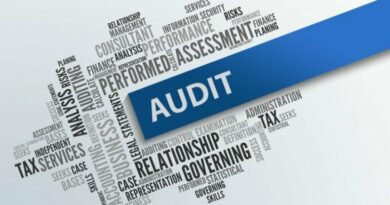Stress Awareness Month: Managing your debt stress
April is recognised as international stress awareness month, which aims to shine a spotlight on the different types of stresses that many South African’s struggle with. High levels of debt can contribute significantly to anxiety, stress and depression. This was highlighted by the Credit Ombud who, in October 2021, reported concern for growing threats of suicide from consumers who were struggling to manage increasing debt.
Velmah Nzembela; Head of Group Corporate Affairs at Assupol believes financial institutions are in a prime position to take the lead in educating consumers about financial wellness and how to manage debt better.
“Borrowing money is the only way many South Africans are able to purchase costly assets, but there isn’t a common understanding that not all debt can be classified as ‘good debt’.
“Good debt is money that you borrow to purchase assets that grow in value or may bring a profit in the future, such as buying property or taking a loan for one’s education, to enhance ones’ financial well-being in the long run. Bad debt, on the other hand, applies to money borrowed to buy items and consumables that will decrease in value in the future,” said Nzembela.
Consumers can start managing their debt today by using the following tips:
– Put together a monthly budget.
– Find and identify the biggest amounts you owe to your creditors.
– Contact your bank and creditors and arrange a payment agreement.
– Pay debts with the highest interest first.
– Pay your accounts on time.
– Decrease your impulsive or unplanned spending.
– Consider debt consolidation.
– Beware of scams.
As consumers work towards easing their financial stress, it is important to understand their own debt-to-income ratio, which compares how much they owe each month with how much they earn. A debt-to-income ratio is a percentage of gross monthly income (before taxes) that goes towards payments for rent, bond, credit cards, or other debt. Lenders also use this ratio to measure a consumer’s ability to manage their monthly payments for money they plan to borrow in future.
How to calculate your debt-to-income ratio
To understand your debt-to-income ratio, add up all your monthly payment commitments, like school fees, rent, car payments etc. Variable expenses like groceries and entertainment are not included in this calculation. Divide this amount by your net monthly salary to get your debt-to-income ratio. Ideally, your income should be greater than your debt. For example: for every R10 you have, R7 should be income and R3 should be debt. This would be a ratio of 7:3.
“As Africans, it is normal for us to provide financial support for our immediate and extended families, often on limited disposable income. Unfortunately, this poses a great challenge to any efforts to save or reduce debt for a better tomorrow. Reducing personal debt requires patience but every effort makes a difference,” concludes Nzembela.
For more budgeting tips, consumers can download the financial education series on Assupol’s website www.assupol.co.za/financialliteracydramaseries or WhatsApp on 0726060173 for more information.




